 Search by Keyword
Sign Up Below for our MONTHLY BEATLES TRIVIA QUIZ!
|
“YOU’RE GOING TO LOSE THAT GIRL”
(John Lennon – Paul McCartney)
 John Lennon and Paul McCartney were definitely not stagnant songwriters. They were always extending their boundaries and being innovative, often influenced by the music of their time and before. Upon hearing a song by Bobby Rydell in 1963 that was written in the third person, John and Paul thought to do the same thing, which resulted in “She Loves You.” John Lennon and Paul McCartney were definitely not stagnant songwriters. They were always extending their boundaries and being innovative, often influenced by the music of their time and before. Upon hearing a song by Bobby Rydell in 1963 that was written in the third person, John and Paul thought to do the same thing, which resulted in “She Loves You.”
While this song is speaking man to man concerning what he needed to do to keep his girl, by early 1965 John and Paul decided to write a similar narrative but with a different twist. Instead of trying to preserve a relationship, the lyrics to “You’re Going To Lose That Girl” actually threaten the intention of stealing the girl away from the other guy. And with the pop sensibilities of the melody line and major key, the stinging message comes across as unremorseful and mean. Ironically, this is the exact reason why the song works so well.
Songwriting History
 “That’s me.” This is what John Lennon replied when asked about the song in his 1980 Playboy interview. Although Paul hasn’t stated anything personally on record about the song, his book “Many Years From Now,” co-authored by friend Barry Miles, adds a little more for the record. It specifies that it was co-written by John and Paul at John’s Kenwood home and is “estimated by Paul as about 60 per cent written by John and 40 per cent by himself.” “That’s me.” This is what John Lennon replied when asked about the song in his 1980 Playboy interview. Although Paul hasn’t stated anything personally on record about the song, his book “Many Years From Now,” co-authored by friend Barry Miles, adds a little more for the record. It specifies that it was co-written by John and Paul at John’s Kenwood home and is “estimated by Paul as about 60 per cent written by John and 40 per cent by himself.”
 As for the time of writing, it doesn’t appear to have been in existence for very long before being recorded. Therefore, since it was written at John’s home, it was undoubtedly composed either during their January 1965 stint in London performing “Another Beatles Christmas Show” or after they both came back from their individual February vacations (John in Switzerland and Paul in Tunisia). Since Paul didn’t return home until February 14th, 1965, it could very well have been written during their week-long recording sessions between February 15th and 20th of that year. If this was the case, it may have been composed as recently as the actual day it was recorded, which was on Friday, February 19th, 1965 in EMI Studio Two. As for the time of writing, it doesn’t appear to have been in existence for very long before being recorded. Therefore, since it was written at John’s home, it was undoubtedly composed either during their January 1965 stint in London performing “Another Beatles Christmas Show” or after they both came back from their individual February vacations (John in Switzerland and Paul in Tunisia). Since Paul didn’t return home until February 14th, 1965, it could very well have been written during their week-long recording sessions between February 15th and 20th of that year. If this was the case, it may have been composed as recently as the actual day it was recorded, which was on Friday, February 19th, 1965 in EMI Studio Two.
 EMI Studios, London
|
Recording History
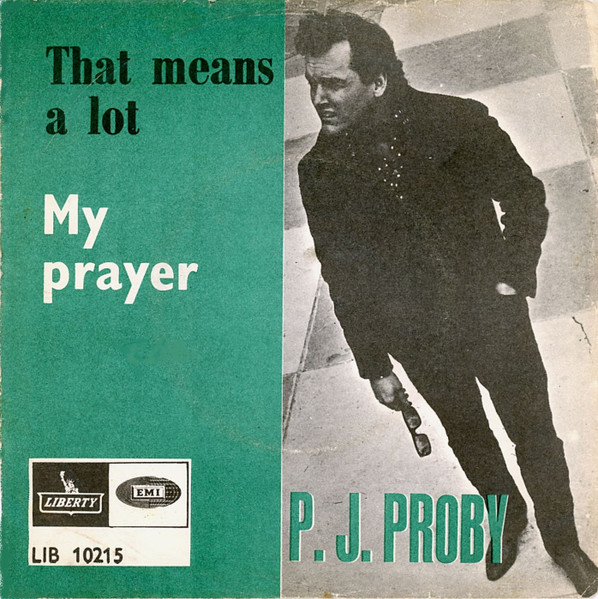 On February 19th, 1965, which was their fifth consecutive day in EMI Studio Two recording tracks for their upcoming film, The Beatles utilized nearly three hours (3:30 to 6:20 pm) for recording “You’re Going To Lose That Girl.” This was the only song on the agenda for this day. Even though they recorded one final number on the following day, the rejected “That Means A Lot” that was later recorded by P.J. Proby, this was the final song recorded during this week to be selected for the movie. On February 19th, 1965, which was their fifth consecutive day in EMI Studio Two recording tracks for their upcoming film, The Beatles utilized nearly three hours (3:30 to 6:20 pm) for recording “You’re Going To Lose That Girl.” This was the only song on the agenda for this day. Even though they recorded one final number on the following day, the rejected “That Means A Lot” that was later recorded by P.J. Proby, this was the final song recorded during this week to be selected for the movie.
 The group no doubt spent some of this time rehearsing the song on tape, which may have led to the confusion of calling the first take “take two” by accident. At any rate, this take was only a false start while the second attempt (“take three”) was the keeper. The Beatles all played their usual instruments; both John and George on rhythm guitar but playing in different patterns, Paul on bass and Ringo on drums. John sang his lead vocals on this rhythm track as well, as did Paul and George their responding harmonies. The group no doubt spent some of this time rehearsing the song on tape, which may have led to the confusion of calling the first take “take two” by accident. At any rate, this take was only a false start while the second attempt (“take three”) was the keeper. The Beatles all played their usual instruments; both John and George on rhythm guitar but playing in different patterns, Paul on bass and Ringo on drums. John sang his lead vocals on this rhythm track as well, as did Paul and George their responding harmonies.
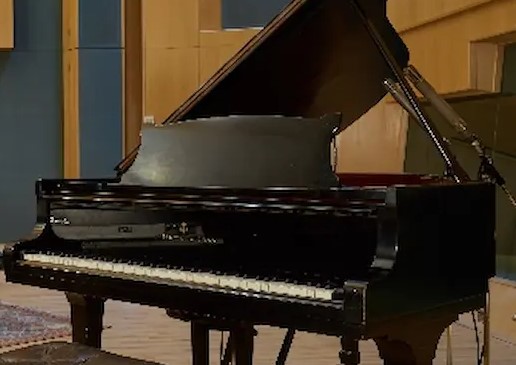 A few overdubs were needed to complete the picture. John double-tracked his lead vocals, George made at least a couple attempts at a guitar solo (as heard in bootleg recordings) before it was perfected, Paul added a sturdy piano part to fill out the arrangement throughout, and Ringo flailed away at the bongos. With these overdubs completed, they were done for the day only to return at noon the next day for one last recording session before jetting off to the Bahamas to begin filming the movie. A few overdubs were needed to complete the picture. John double-tracked his lead vocals, George made at least a couple attempts at a guitar solo (as heard in bootleg recordings) before it was perfected, Paul added a sturdy piano part to fill out the arrangement throughout, and Ringo flailed away at the bongos. With these overdubs completed, they were done for the day only to return at noon the next day for one last recording session before jetting off to the Bahamas to begin filming the movie.
 The mono mix of the song was also created on the following day, February 20th, 1965, in the control room of EMI Studio Two by producer George Martin and engineers Norman Smith and Ken Scott. This version appears on the mono copies of the British “Help!” album as well as the first prints of the movie. The mono mix of the song was also created on the following day, February 20th, 1965, in the control room of EMI Studio Two by producer George Martin and engineers Norman Smith and Ken Scott. This version appears on the mono copies of the British “Help!” album as well as the first prints of the movie.
 The first two of four (yes, four) stereo mixes of the song were made on February 23rd, 1965 in the control room of EMI Studio Two by Norman Smith and 2nd engineer Malcolm Davies. They felt that the first mix could be improved upon so their second attempt became the one that graced the stereo copies of the “Help!” album both in Britain and the US. The first two of four (yes, four) stereo mixes of the song were made on February 23rd, 1965 in the control room of EMI Studio Two by Norman Smith and 2nd engineer Malcolm Davies. They felt that the first mix could be improved upon so their second attempt became the one that graced the stereo copies of the “Help!” album both in Britain and the US.
 While The Beatles were back in their home territory of London filming the movie, they entered EMI Studio Two on March 30th, 1965 between 7 and 10 pm for more recording. Their first order of business was trying another attempt at recording the Dick Lester-rejected “That Means A Lot,” this song being abandoned after five takes. Afterward, they recorded further overdubs for “You’re Going To Lose That Girl,” although EMI documentation doesn’t say what the overdubs were. (Some sources say they were further attempts at George Harrison’s guitar solo, but this has not been verified.) While The Beatles were back in their home territory of London filming the movie, they entered EMI Studio Two on March 30th, 1965 between 7 and 10 pm for more recording. Their first order of business was trying another attempt at recording the Dick Lester-rejected “That Means A Lot,” this song being abandoned after five takes. Afterward, they recorded further overdubs for “You’re Going To Lose That Girl,” although EMI documentation doesn’t say what the overdubs were. (Some sources say they were further attempts at George Harrison’s guitar solo, but this has not been verified.)
 With new overdubs having been recorded, George Martin and Norman Smith took out an hour of time on April 2nd, 1965 in the control room of EMI Studio Two to create a new stereo mix. Although this third stereo mix was created well before the “Help!” album came out, we know this mix was never used because all the instrumentation and vocals are identical to what is heard in the first prints of the movie, which used the mono mix made on February 20th, 1965. Therefore, this third stereo mix remains in the vaults at EMI to this day, if it hasn't been discarded or recorded over. With new overdubs having been recorded, George Martin and Norman Smith took out an hour of time on April 2nd, 1965 in the control room of EMI Studio Two to create a new stereo mix. Although this third stereo mix was created well before the “Help!” album came out, we know this mix was never used because all the instrumentation and vocals are identical to what is heard in the first prints of the movie, which used the mono mix made on February 20th, 1965. Therefore, this third stereo mix remains in the vaults at EMI to this day, if it hasn't been discarded or recorded over.
 In the age of compact discs, George Martin brought out the master tapes of the entire British “Help!” album, including “You’re Going To Lose That Girl,” in order to create a new set of stereo mixes for worldwide release. The results have been available on CD ever since its initial release in 1987, even when it was remastered in 2009. In the age of compact discs, George Martin brought out the master tapes of the entire British “Help!” album, including “You’re Going To Lose That Girl,” in order to create a new set of stereo mixes for worldwide release. The results have been available on CD ever since its initial release in 1987, even when it was remastered in 2009.
Song Structure and Style
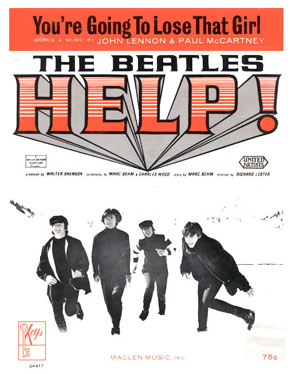 “You’re Going To Lose That Girl” exhibits yet more liberties being taken as to arrangement and style. While the usual ‘verse/ verse/ bridge/ verse’ (or aaba) format is still in place, we see The Beatles continuing their new feature of changing keys in the bridge, which is a feature they introduced earlier that week with the newly written “Another Girl.” Another similarity to that song is the previewing of the final four measures of the verse as the introduction to the song. “You’re Going To Lose That Girl” exhibits yet more liberties being taken as to arrangement and style. While the usual ‘verse/ verse/ bridge/ verse’ (or aaba) format is still in place, we see The Beatles continuing their new feature of changing keys in the bridge, which is a feature they introduced earlier that week with the newly written “Another Girl.” Another similarity to that song is the previewing of the final four measures of the verse as the introduction to the song.
This four-measure introduction begins with an a cappella vocal from John that comes in before the downbeat of the first measure, which is another similarity with “Another Girl” as well as many others in The Beatles catalog, such as “Can’t Buy Me Love” and “It Won’t Be Long.” With only the bass guitar as a guide on the rhythm track, John’s lead vocals, as well as Paul and George’s responding background vocals, are slightly out of tune. This wouldn’t be noticeable except for the fact that Paul’s piano overdub during this intro makes the proper tuning apparent. John’s slip into falsetto on the word “lose” the second time around hints that his words “you’re going to lose that girl” are more of a threat than a warning. With Ringo’s rapid-fire snare drum fill as an invitation, the rest of the instrumentation comes in on the downbeat of the first measure of the first verse.
 The first verse is twelve measures long and, while it sounds standard, it is the only verse in the song that is this length. The Beatles still liked utilizing the call and response harmony feature apparent in many of their earlier recordings. In fact, three of the songs in the movie soundtrack feature this ingredient, “The Night Before” and the title track being the other two. When the guitars kick in on the rhythm track as this verse begins, all the vocalists then slightly correct their pitch. The first eight measures include the meat of the lyrics while the final four measures, which we’ve already heard in the introduction, act as the "refrain" section of the verse that reiterates the key phrase of the song. The first verse is twelve measures long and, while it sounds standard, it is the only verse in the song that is this length. The Beatles still liked utilizing the call and response harmony feature apparent in many of their earlier recordings. In fact, three of the songs in the movie soundtrack feature this ingredient, “The Night Before” and the title track being the other two. When the guitars kick in on the rhythm track as this verse begins, all the vocalists then slightly correct their pitch. The first eight measures include the meat of the lyrics while the final four measures, which we’ve already heard in the introduction, act as the "refrain" section of the verse that reiterates the key phrase of the song.
 A second verse begins immediately afterwards and is melodically and instrumentally identical except for one thing. Because this verse segues into a bridge that changes key from E major to G major, they repeat a half phrase of the refrain section of the verse using the pivot chord D major to transition to the bridge, thereby making this verse fourteen measures in length. This half phrase makes it possible for John to repeat his falsetto “lose” and extend it for almost the entire two extra measures. A second verse begins immediately afterwards and is melodically and instrumentally identical except for one thing. Because this verse segues into a bridge that changes key from E major to G major, they repeat a half phrase of the refrain section of the verse using the pivot chord D major to transition to the bridge, thereby making this verse fourteen measures in length. This half phrase makes it possible for John to repeat his falsetto “lose” and extend it for almost the entire two extra measures.
 The bridge is an odd seven measures long, which could have sounded more symmetrical had they extended the final F major chord for one additional measure but, as could be imagined, it would have slowed down the momentum of the song unnecessarily. The song is sung in full three-part harmony throughout except where Paul and George add another answering phrase in the third measure (“watch what you do”). What could have been an awkward transition back to E major in the following verse was ironed out by just moving a step downward from F major, this being the last chord of the bridge. The bridge is an odd seven measures long, which could have sounded more symmetrical had they extended the final F major chord for one additional measure but, as could be imagined, it would have slowed down the momentum of the song unnecessarily. The song is sung in full three-part harmony throughout except where Paul and George add another answering phrase in the third measure (“watch what you do”). What could have been an awkward transition back to E major in the following verse was ironed out by just moving a step downward from F major, this being the last chord of the bridge.
 The third verse is identical in form to the second with the exception that the first eight measures are taken up by George Harrison’s guitar solo, which is then followed by the "refrain" section of the verse. Utilizing the opening section of a verse as a solo has been used repeatedly in The Beatles cannon, such as in “A Hard Day’s Night” and even as far back as “From Me To You.” This verse also contains the half phrase at the end to segue into an identical bridge before repeating the first verse once again. The third verse is identical in form to the second with the exception that the first eight measures are taken up by George Harrison’s guitar solo, which is then followed by the "refrain" section of the verse. Utilizing the opening section of a verse as a solo has been used repeatedly in The Beatles cannon, such as in “A Hard Day’s Night” and even as far back as “From Me To You.” This verse also contains the half phrase at the end to segue into an identical bridge before repeating the first verse once again.
 This final verse can actually be viewed as fifteen measures long because of it acting as the song’s conclusion. With Ringo’s occasional triplet-like bongo playing as a backdrop, The Beatles extend the ending half phrase a little differently with John’s falsetto and Paul and George’s background harmonies encapsulating the final three words of the song in half notes, namely the words “lose that girl!” With the final E major chord ringing out and cymbal crash fading away, the song concludes with a satisfying smile. This final verse can actually be viewed as fifteen measures long because of it acting as the song’s conclusion. With Ringo’s occasional triplet-like bongo playing as a backdrop, The Beatles extend the ending half phrase a little differently with John’s falsetto and Paul and George’s background harmonies encapsulating the final three words of the song in half notes, namely the words “lose that girl!” With the final E major chord ringing out and cymbal crash fading away, the song concludes with a satisfying smile.
 While John’s guitar from the rhythm track is somewhat low in the mix, his threatening vocal tone is what makes the song. The crass lyrics are conveyed confidently, as are Paul and George’s responding vocal lines which accentuate the assertion that John will indeed succeed in winning the girl over. In fact, the instrumentation in “You’re Going To Lose That Girl” is secondary to the excellent vocal arrangement that consumes the performance. While John’s guitar from the rhythm track is somewhat low in the mix, his threatening vocal tone is what makes the song. The crass lyrics are conveyed confidently, as are Paul and George’s responding vocal lines which accentuate the assertion that John will indeed succeed in winning the girl over. In fact, the instrumentation in “You’re Going To Lose That Girl” is secondary to the excellent vocal arrangement that consumes the performance.
 Paul’s bass work, while not that prominent, is rudimentary but appropriate to the feel of the song. While we have gotten quite used to George Martin filling the role of keyboard player in The Beatles early recordings, Paul seems to have taken over that role very nicely. When listening to the isolated piano overdub track (which also contains the bongos), one has to admire his piano ability even at this early stage of the game. Paul’s bass work, while not that prominent, is rudimentary but appropriate to the feel of the song. While we have gotten quite used to George Martin filling the role of keyboard player in The Beatles early recordings, Paul seems to have taken over that role very nicely. When listening to the isolated piano overdub track (which also contains the bongos), one has to admire his piano ability even at this early stage of the game.
 George Harrison’s rhythm guitar work is very prominent in the mix on the rhythm track and is played very simply but adequately. While Paul seemed to be bucking for his job this week, having played some lead guitar in “Ticket To Ride,” “Another Girl” and “The Night Before,” he lets George back into his role this time around. His bendy-guitar lead, using his newly acquired 1961 Sonic Blue Fender Stratocaster, fits the bill nicely. Apart from an introductory drum fill and final cymbal crash, Ringo’s primary role on the drum kit appears to be one of time-keeper, staying strictly on his closed hi-hat during the steady rhythm of the entire song. His bongo playing, on the other hand, is as adventurous as it is loud in the final mix. George Harrison’s rhythm guitar work is very prominent in the mix on the rhythm track and is played very simply but adequately. While Paul seemed to be bucking for his job this week, having played some lead guitar in “Ticket To Ride,” “Another Girl” and “The Night Before,” he lets George back into his role this time around. His bendy-guitar lead, using his newly acquired 1961 Sonic Blue Fender Stratocaster, fits the bill nicely. Apart from an introductory drum fill and final cymbal crash, Ringo’s primary role on the drum kit appears to be one of time-keeper, staying strictly on his closed hi-hat during the steady rhythm of the entire song. His bongo playing, on the other hand, is as adventurous as it is loud in the final mix.
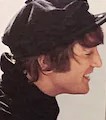 The mean spirited lyrics, mostly credited to Lennon, show that he didn’t hold back from any subject matter that he wanted to delve into. While this practice grew to enormous proportions as the following years unfolded, “You’re Going To Lose That Girl” shows him at his most evil. He’s telling his unnamed “friend” that if he doesn’t act fast, “she’s going to change her mind” and he’ll “find her gone,” since he’s determined to steal her away. “I’ll make a point of taking her away from you,” he confidently sneers. As if his friend has left him no choice, he states “the way you treat her, what else can I do?” The mean spirited lyrics, mostly credited to Lennon, show that he didn’t hold back from any subject matter that he wanted to delve into. While this practice grew to enormous proportions as the following years unfolded, “You’re Going To Lose That Girl” shows him at his most evil. He’s telling his unnamed “friend” that if he doesn’t act fast, “she’s going to change her mind” and he’ll “find her gone,” since he’s determined to steal her away. “I’ll make a point of taking her away from you,” he confidently sneers. As if his friend has left him no choice, he states “the way you treat her, what else can I do?”
 While some of the clichés have been used before (the rhyme of “lonely one” with “only one” was heard way back in 1963’s “Misery”), the cunning intent of the lyrics are clear. John is going to steal his friend’s girl away from him for one reason and one reason only – because he can! While some of the clichés have been used before (the rhyme of “lonely one” with “only one” was heard way back in 1963’s “Misery”), the cunning intent of the lyrics are clear. John is going to steal his friend’s girl away from him for one reason and one reason only – because he can!
American Releases
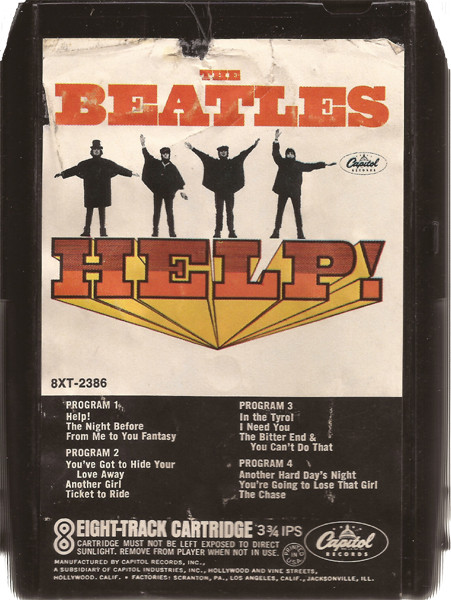 On August 13th, 1965, US Beatles fans were treated to this Lennon-dominated track for the first time on the Capitol soundtrack album “Help!” Listing the song as “You’re Gonna Lose That Girl” (instead of “Going To”) on the Capitol album cover as well as record labels of early pressings, the American company decided to create a “type B” mono mix from the stereo mix for the mono prints of the album instead of utilizing the excellent mono mix George Martin put together on February 20th of that year. This soundtrack album was released on an individual compact disc on January 21st, 2014, both the mono and the stereo mixes being contained on a single CD. On August 13th, 1965, US Beatles fans were treated to this Lennon-dominated track for the first time on the Capitol soundtrack album “Help!” Listing the song as “You’re Gonna Lose That Girl” (instead of “Going To”) on the Capitol album cover as well as record labels of early pressings, the American company decided to create a “type B” mono mix from the stereo mix for the mono prints of the album instead of utilizing the excellent mono mix George Martin put together on February 20th of that year. This soundtrack album was released on an individual compact disc on January 21st, 2014, both the mono and the stereo mixes being contained on a single CD.
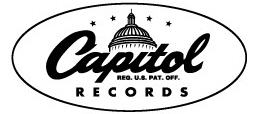 For those who may be wondering, if you even noticed, there is a very small abnormality at the very beginning of the song that is only heard on the American soundtrack album. Just before John’s vocals kick in, an extremely brief sound is present. Since it isn’t present on the British release, the most reasonable explanation is that it was part of the studio countdown of the song that was probably contained on the master that was sent to Capitol from EMI Studios. Capitol probably hadn’t edited off the entire word “three” from the master when preparing the album. For those who may be wondering, if you even noticed, there is a very small abnormality at the very beginning of the song that is only heard on the American soundtrack album. Just before John’s vocals kick in, an extremely brief sound is present. Since it isn’t present on the British release, the most reasonable explanation is that it was part of the studio countdown of the song that was probably contained on the master that was sent to Capitol from EMI Studios. Capitol probably hadn’t edited off the entire word “three” from the master when preparing the album.
 Sometime in 1967, Capitol released Beatles music on a brand new but short-lived format called "Playtapes." These tape cartridges did not have the capability to include entire albums, so two truncated four-song versions of the "Help!" Soundtrack were released in this portable format, "You're Going To Lose That Girl" being on one of these releases. These "Playtapes" are highly collectable today. Sometime in 1967, Capitol released Beatles music on a brand new but short-lived format called "Playtapes." These tape cartridges did not have the capability to include entire albums, so two truncated four-song versions of the "Help!" Soundtrack were released in this portable format, "You're Going To Lose That Girl" being on one of these releases. These "Playtapes" are highly collectable today.
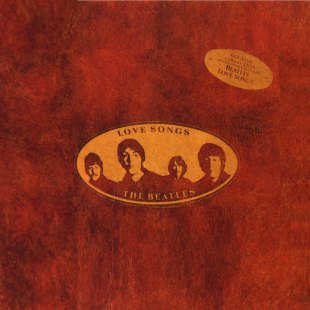 In the surge of a new strand of Beatlemania, Capitol released their fourth double-album compilation titled “Love Songs” on October 21st, 1977. Earlier this month, Capitol was planning a single release from this album which paired “You’re Going To Lose That Girl” as the b-side to “Girl.” This single was cancelled. Promo copies were pressed, but it featured only the song “Girl,” mono on one side and stereo on the other. In the surge of a new strand of Beatlemania, Capitol released their fourth double-album compilation titled “Love Songs” on October 21st, 1977. Earlier this month, Capitol was planning a single release from this album which paired “You’re Going To Lose That Girl” as the b-side to “Girl.” This single was cancelled. Promo copies were pressed, but it featured only the song “Girl,” mono on one side and stereo on the other.
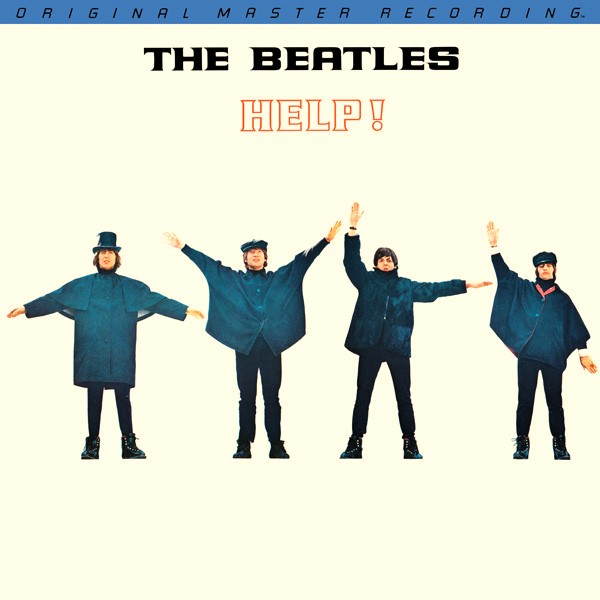 The first time the original British "Help!" album was made available in the US was the "Original Master Recording" vinyl edition released through Mobile Fidelity Sound Lab in January of 1986. This album included "You're Going To Lose That Girl" and was prepared utilizing half-speed mastering technology from the original master tape on loan from EMI. This version of the album was only available for a short time and is quite collectible today. The first time the original British "Help!" album was made available in the US was the "Original Master Recording" vinyl edition released through Mobile Fidelity Sound Lab in January of 1986. This album included "You're Going To Lose That Girl" and was prepared utilizing half-speed mastering technology from the original master tape on loan from EMI. This version of the album was only available for a short time and is quite collectible today.
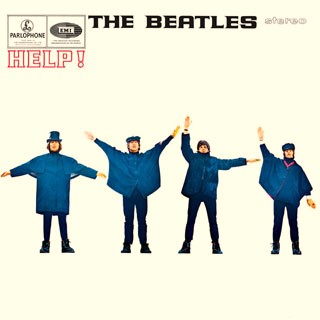 April 30th, 1987 was the release date of the original British “Help!” album on compact disc, the vinyl edition being released on July 21st, 1987. The new 1986 George Martin stereo mix of the song was featured on both of these releases. This mix was also utilized when the CD was remastered and re-released on September 9th, 2009 on CD and on November 13th, 2012 on vinyl. April 30th, 1987 was the release date of the original British “Help!” album on compact disc, the vinyl edition being released on July 21st, 1987. The new 1986 George Martin stereo mix of the song was featured on both of these releases. This mix was also utilized when the CD was remastered and re-released on September 9th, 2009 on CD and on November 13th, 2012 on vinyl.
Capitol released the second in a small series of box sets on April 11th, 2006 entitled “The Capitol Albums, Vol 2.” It featured the entire “Help!” soundtrack album as originally available in 1965, complete with the “type B” mono mix of the song that Capitol put together that year.
 In order to promote the 2007 DVD release of the film “Help!,” Capitol sent out a promo CD entitled “7 Song Radio Sampler” to radio stations across the US. This handsomely packaged disc contained all of The Beatles songs from the movie, including “You’re Going To Lose That Girl.” In order to promote the 2007 DVD release of the film “Help!,” Capitol sent out a promo CD entitled “7 Song Radio Sampler” to radio stations across the US. This handsomely packaged disc contained all of The Beatles songs from the movie, including “You’re Going To Lose That Girl.”
 Through all of these years, the superior mono mix of “You’re Going To Lose That Girl” originally created on February 20th, 1965 had never been released in America. That finally changed with the box set “The Beatles In Mono,” which was released on CD on September 9th, 2009 and on vinyl on September 9th, 2014. As a bonus, the originally released stereo mix of the song was also included in this set. Through all of these years, the superior mono mix of “You’re Going To Lose That Girl” originally created on February 20th, 1965 had never been released in America. That finally changed with the box set “The Beatles In Mono,” which was released on CD on September 9th, 2009 and on vinyl on September 9th, 2014. As a bonus, the originally released stereo mix of the song was also included in this set.
Live Performances
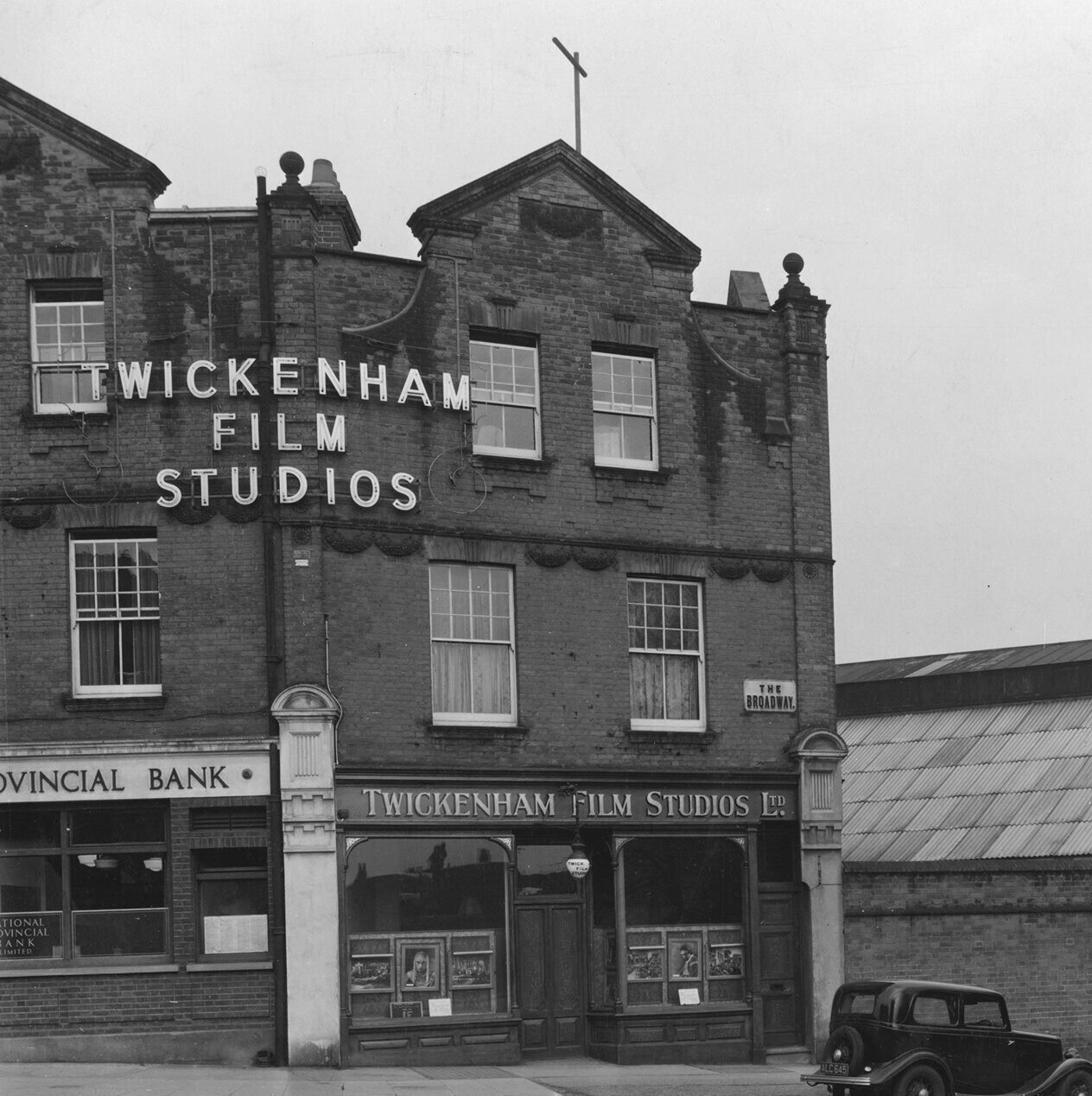 The only performance of the song was on April 30th, 1965 during the filming of the movie “Help!” Twickenham Film Studios then being transformed to resemble EMI Recording Studios for what appeared to be the recording of the song. This backlit footage is a true highlight of the film, with Paul and George singing their tight harmonies into a single microphone while Ringo fills the room with second-hand smoke from the cigarette dangling his mouth. Since the overdubbed instruments are obviously heard, a shot of Paul on piano and Ringo on bongos appears in the scene as well. Famously, the footage ends with Ringo and his drum set falling through the studio floor which has been chain-sawed while the song was being recorded, or so it appeared. The only performance of the song was on April 30th, 1965 during the filming of the movie “Help!” Twickenham Film Studios then being transformed to resemble EMI Recording Studios for what appeared to be the recording of the song. This backlit footage is a true highlight of the film, with Paul and George singing their tight harmonies into a single microphone while Ringo fills the room with second-hand smoke from the cigarette dangling his mouth. Since the overdubbed instruments are obviously heard, a shot of Paul on piano and Ringo on bongos appears in the scene as well. Famously, the footage ends with Ringo and his drum set falling through the studio floor which has been chain-sawed while the song was being recorded, or so it appeared.
After this filming, The Beatles unfortunately retired the song for good.
Conclusion
 Such was the output of Lennon and McCartney that they could afford to use a highly crafted pop song with all of the elements needed for achieving a huge international hit as a mere album track. Having “You’re Going To Lose That Girl” buried as the last Beatles song on the American soundtrack album could have spelled disaster for its popularity. On the contrary, no doubt because of its vivid portrayal in the movie, most fans view the song as an anticipated closing track, ending the album on an extremely high note. Such was the output of Lennon and McCartney that they could afford to use a highly crafted pop song with all of the elements needed for achieving a huge international hit as a mere album track. Having “You’re Going To Lose That Girl” buried as the last Beatles song on the American soundtrack album could have spelled disaster for its popularity. On the contrary, no doubt because of its vivid portrayal in the movie, most fans view the song as an anticipated closing track, ending the album on an extremely high note.
Song Summary
“You’re Going To Lose That Girl”
Written by: John Lennon / Paul McCartney
-
Song Written: January - February, 1965
-
Song Recorded: February 19, 1965
-
First US Release Date: August 13, 1965
-
-
US Single Release: n/a
-
Highest Chart Position: n/a
-
British Album Release: Parlophone #PCS 3071 “Help!”
-
Length: 2:18
-
Key: E major
-
Producer: George Martin
-
Engineers: Norman Smith, Ken Scott
Instrumentation (most likely):
-
John Lennon - Lead Vocals, Rhythm Guitar (1961 Sonic Blue Fender Stratocaster)
-
Paul McCartney - Bass Guitar (1963 Hofner 500/1), Piano (Hamburg Steinway Baby Grand), Backing Vocals
-
George Harrison – Rhythm Guitar (1963 Gretsch 6119 Tennessean), Lead Guitar (1961 Sonic Blue Fender Stratocaster), Backing Vocals
-
Ringo Starr – Drums (1964 Ludwig Super Classic Black Oyster Pearl), bongos
Written and compiled by Dave Rybaczewski
|
IF YOU WOULD LIKE TO MAKE A DONATION TO KEEP THIS WEBSITE UP AND RUNNING, PLEASE CLICK BELOW!
Sign Up Below for our MONTHLY BEATLES TRIVIA QUIZ!
|